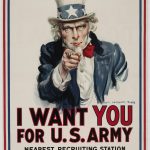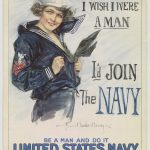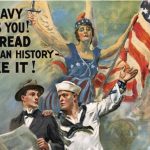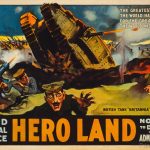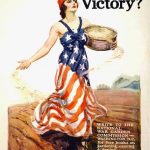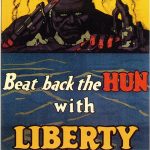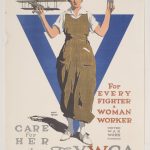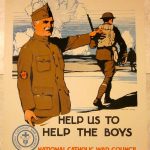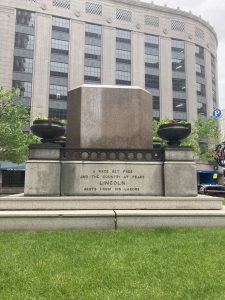Boston’s West End
In preparation for the walking tour on Thursday afternoon (remote version early Friday), I’m assigning several videos and websites that detail different aspects of the history of the West End. You don’t need to read/watch them in full; just skim around and note what’s of interest.
In the 1840s, wealthy Bostonians began moving out of Beacon Hill and the West End for spacious modern townhouses in the Back Bay. The West End became an immigrant neighborhood, as detailed in this short article on the website of the West End Museum.
The first immigrants to settle in the West End were Irish, driven to America by the potato famine, as detailed in this short video by historian William Fowler.
But the West End was also an important stop on the Underground Railroad in this period, as described starting at 10:00 in this documentary on the life of Lewis Hayden.
In the 1880s and 90s, a wave of immigration from Eastern Europe created a sizable Jewish population in the West End, as detailed in this short video on the founding of the Vilna Schuil synagogue in Beacon Hill.
If you’re a Star Trek fan, you’ll recognize the voice of the narrator in this last video: it’s Leonard Nimoy, who played Spock in the original series. He grew up during the Great Depression in the West End, and his memories of that 1930s childhood help bring to life an urban streetscape now lost to history.
I say “lost to history” because the West End was wiped away by an “urban renewal” project in the 1950s. The scope of that project is visible in photographs posted by Gil Propp on his obsessively curated website on Boston’s transportation history.
It’s hard to understand what could motivate city planners to tear out vibrant neighborhoods, but partway through this speech Herb Gans reflects on the ideology of urban planning at midcentury. Gans was a sociologist who studied the West End’s working class Italian-American community for his dissertation, and you get the sense that in the 1950s he was an outlier in seeing that neighborhood as something more than an eyesore.
For HW post a brief note in the comments calling your peers attention to something that you found of interest, that you wouldn’t want them to miss.

